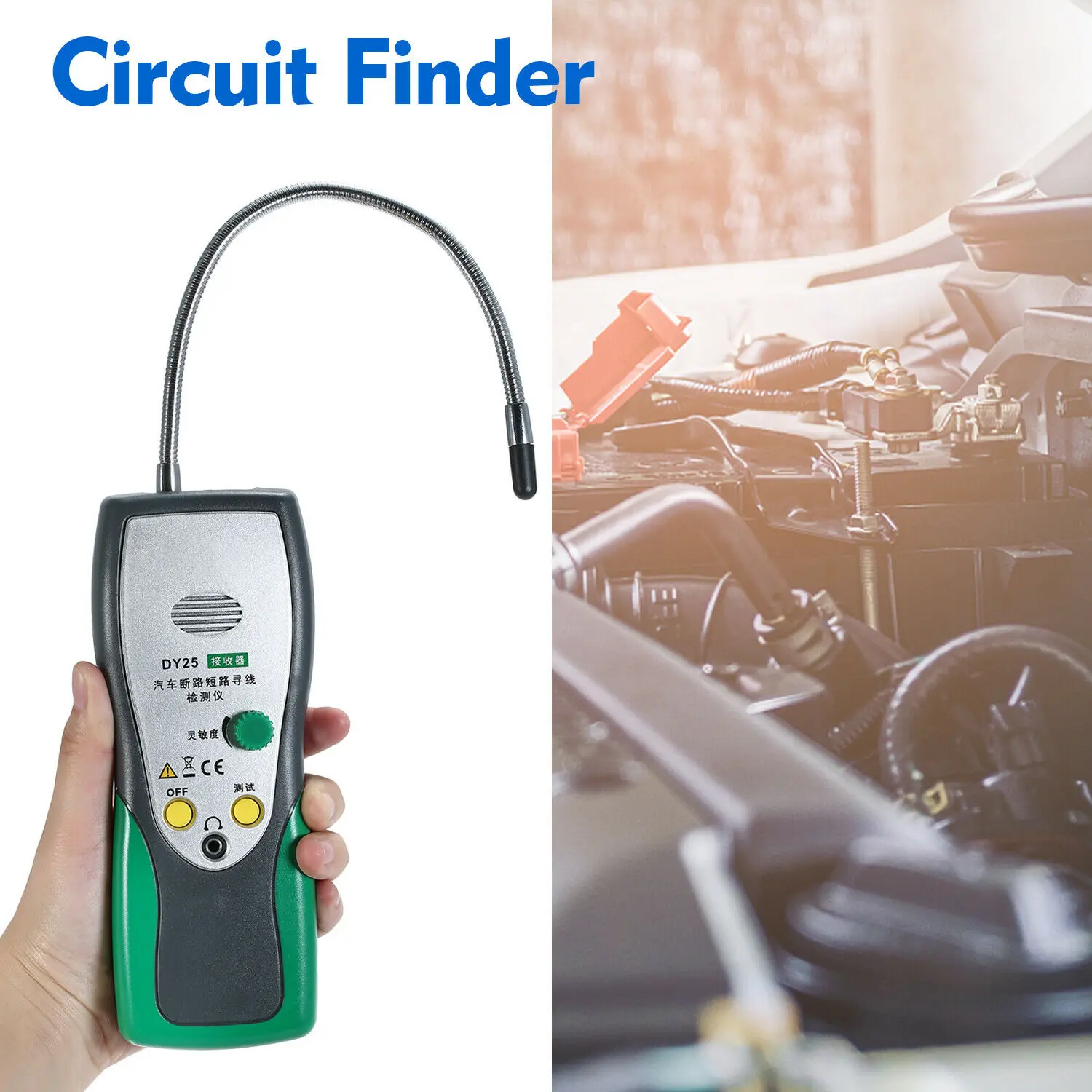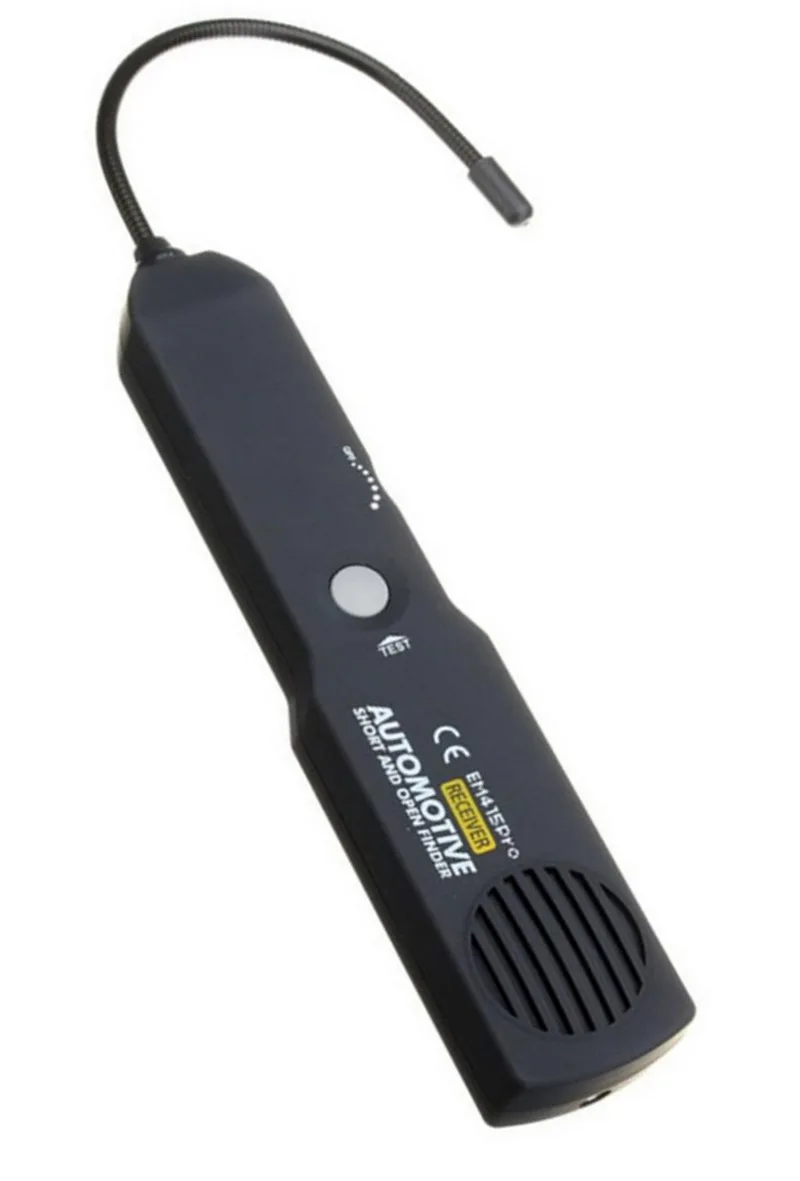

Operation principle of the converter along with the control method (consists of fault detection and elimination systems) are provided. Since the defected modules are eliminated from the circuit, the duty cycles of the switches will be changed through the controlling system, so that, the remained modules take the responsibility of maintaining the output voltage in the desired level. According to the utilized control method, at the moment of fault occurrence, the defected modules are isolated from the converter by the virtue of some considered relays allowing the whole system keep working with the remained modules. In order to enhance the reliability of the suggested topology, a robust control method is considered, as well. The two losses can be separated by driving the transformer from a variable frequency source since the hysteresis loss varies linearly with supply frequency and the eddy current loss varies with the frequency squared.The present paper proposes a fault tolerant cascaded quasi-Z source DC-DC converter structure and investigates its reliability through a precise mathematical evaluation.

Although the hysteresis loss is less than the eddy current loss, it is not negligible. This test only measures the combined iron losses consisting of the hysteresis loss and the eddy current loss. Thus the wattmeter measures only the iron loss. Since the impedance of the series winding of the transformer is very small compared to that of the excitation branch, all of the input voltage is dropped across the excitation branch. This maximum iron loss is measured using the wattmeter.

Hence the iron loss is maximum at rated voltage. Since iron loss is a function of applied voltage, normal iron loss will occur. If the applied voltage is normal voltage then normal flux will be set up. A voltmeter is optional since the applied voltage is the same as the voltmeter reading. An ammeter is connected in series with the primary winding. The secondary of the transformer is left open-circuited.


 0 kommentar(er)
0 kommentar(er)
